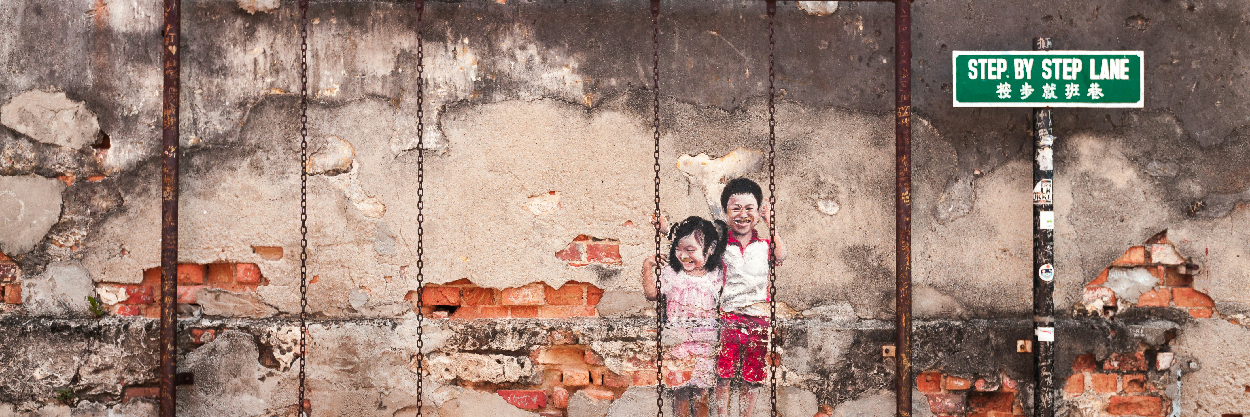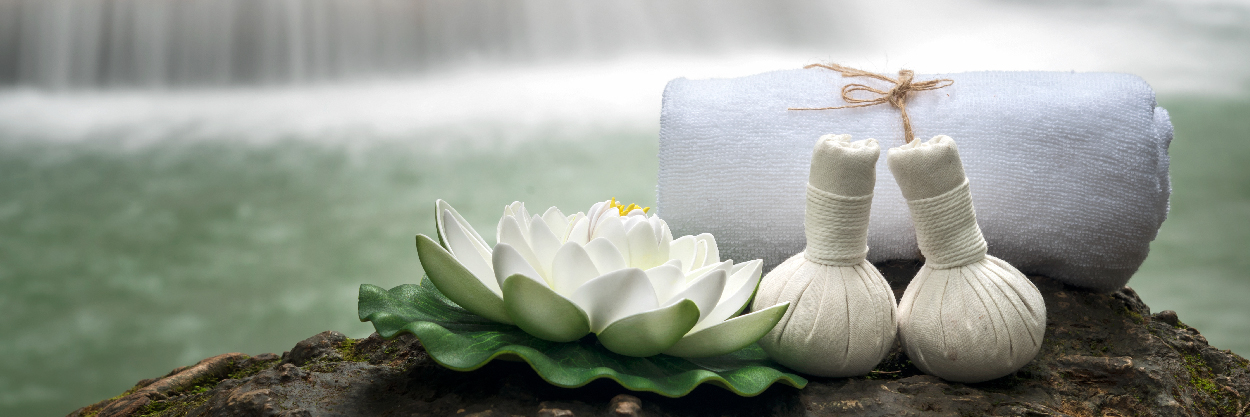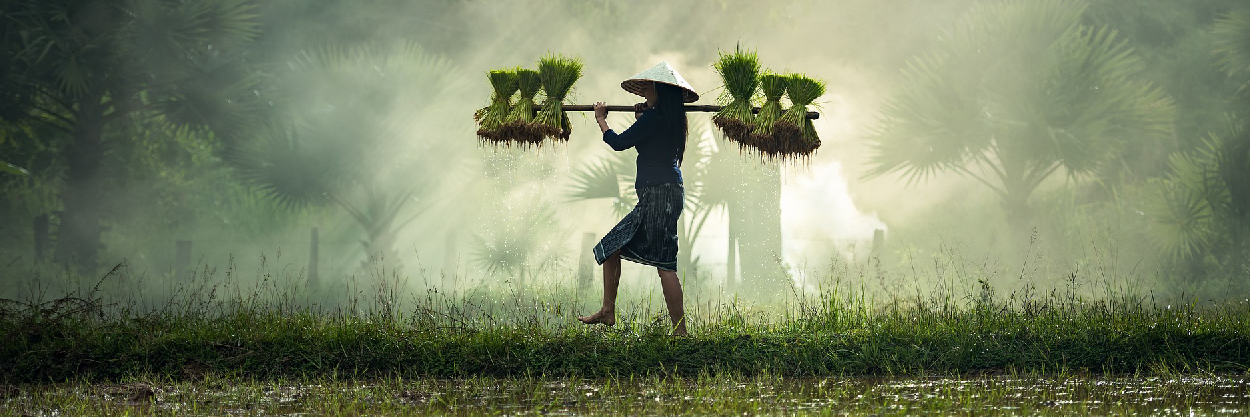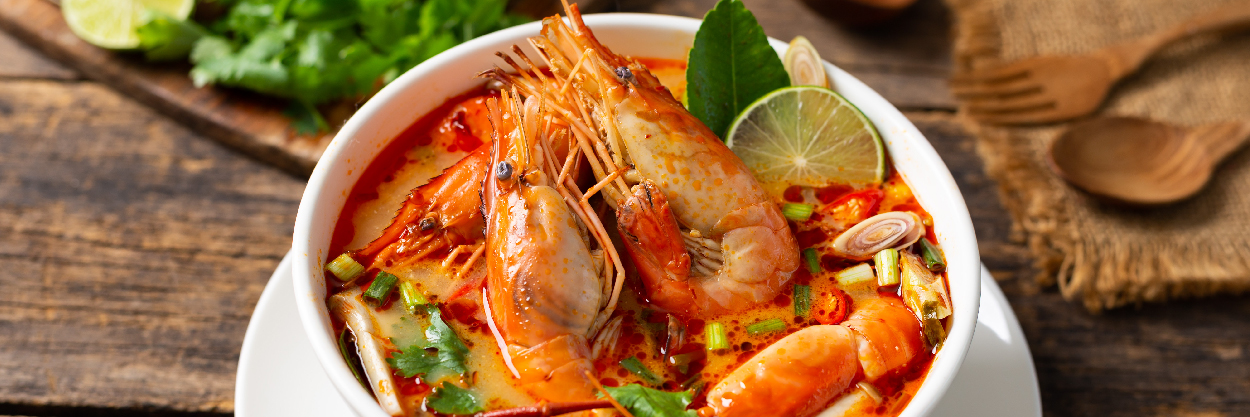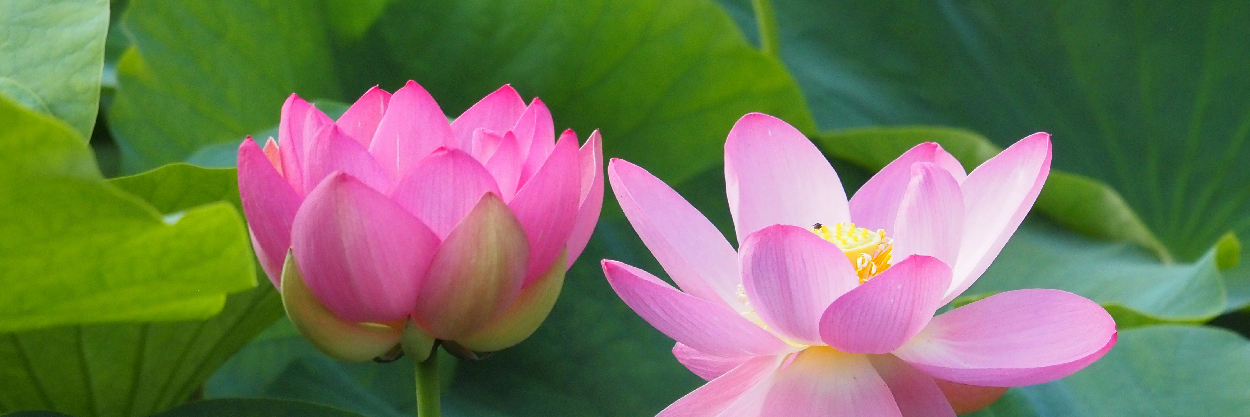Laos
Fast Facts
Visa-free |
Tourists from China, Hong Kong, Macau and Taiwan, are also exempt from obtaining tourist visas if travelling on a group tour. The packaged tour should not exceed 15 days and must be led by a registered tour company in Laos, such as Asian Trails. Chinese nationals may also obtain a 10-day border pass when visiting Laos. This is particularly useful for those travelling on the new Laos-China railway. Under this policy, travellers must exit Laos at their point of entry and must travel with a registered tour company in Laos. |
E-visa |
Most travellers require a valid visa to enter Laos. The most convenient option is to obtain an e-visa in advance. For more information or to check eligibility, visit Laos’ e-visa website. Please note that e-visas are only valid for travellers arriving by air via Wattay International Airport in Vientiane, Luang Prabang International Airport or Pakse International Airport, or overland via the Lao-Thai Friendship Bridge I near Vientiane or Lao-Thai Friendship Bridge II in Savannakhet Province. |
Visa-on-arrival |
Most travellers can obtain a visa-on-arrival at international airports and most border check points. |
Multiple entry visas |
Tourists from Australia, New Zealand, the United Kingdom, the United States, Austria, Belgium, Denmark, Canada, Finland, France, Germany, Greece, Ireland, Italy, the Netherlands, Norway, Poland, Portugal, Russia, Spain, Sweden, Switzerland can obtain multiple entry visas from the Lao embassy or consulate in their home country. |
Other tourist visas |
Travellers can also obtain a visa prior to travel from their nearest Lao consulate. |
Documents required on arrival |
|
All the above information may change without prior notice. It remains the traveller’s responsibility to check visa requirements before travelling.
Time zone |
GMT+7 |
Language |
Official language: Lao Various languages and dialects are spoken within ethnic communities, such as Mon-Khmer, Chin Tibet and Hmong. Many people, especially in Luang Prabang and Vientiane, speak some level of English and can engage in basic communication with tourists. Some Lao elders may be able to communicate in French. |
What to pack |
|
Electricity |
The standard voltage in Laos is 220V (50Hz).
|
Phone & internet |
A local sim card is easily available at the airport or from a local service provider. An extensive 3G/4G network is in place and covers most urban areas. |
 |
Asian Trails is a proud partner of ChildSafe. Learn more about keeping children safe while travelling with these 7 Tips for Travellers. |
Do |
|
Don’t |
|
Currency |
Official currency of Laos: Lao kip (LAK) US dollars and Thai baht are commonly accepted at shops, restaurants and hotels throughout the country. It is advisable to carry small denominations of cash to pay drivers and vendors who may not carry large amounts of change. ATMs that accept foreign cards are widely available in Vientiane, Luang Prabang and Pakse. Cash can be exchanged at banks, exchange bureaus, some hotels and jewellery shops. Visitors may be required to show a form of ID (passport) when exchanging money. |
||||||||
Banking hours |
Usual banking hours are Monday to Friday, 8 am to 3.30 pm. |
||||||||
Credit cards |
Credit cards are not widely used in Laos, particularly in remote areas. Visa and Mastercard are accepted in most hotels, high-end restaurants and some shops in Vientiane and Luang Prabang. A surcharge of around three to four per cent is usually added to the bill. | ||||||||
Tipping |
While not compulsory, gratuities are always appreciated in Laos. Tipping is not part of the local culture, but many in the travel and service industry are accustomed to receiving a small amount for good service. Please consider the following as a guide to common practice, although tipping and the amount to tip is always at the discretion of the individual.
|
Domestic flights |
Local and regional airlines are the are the fastest and most convenient way to travel between Laos’ major cities. |
Trains |
A high-speed railway line now connects the major cities of Laos with Southern China. The train runs from Vientiane to Vang Vieng and Luang Prabang before crossing into China at the border town of Boten. Please note that the luggage allowance for each train passenger is no more than 20 kg. |
Bicycles |
Laos’ cities and towns are ideal for exploring on two wheels. Bikes are not only a more eco-friendly option, they also offer a more unique perspective of local life. |
Tuk-tuks |
These can be found in many towns and are ideal for short journeys. |
Taxis |
There are several local taxi and ride-hailing apps in Laos, such as Loca, SAM, Indrive, Kokkok Move and Xanh SM. |
Religion |
As in the neighbouring countries of Thailand, Myanmar and Cambodia, Theravada Buddhism is the dominant religion. Approximately 60-70 per cent of the population are said to be followers of this faith and saffron-robed monks are an iconic sight across the country. The remaining population predominantly follows animism in the form of spirit (phii) worship. Less than two per cent of the population is Christian and there are also small communities of Muslims, mainly in Vientiane. |
Food |
Lao cuisine has many similarities to Thai and Vietnamese combining influences from both sides with lots of aromatic herbs and spices such as lemongrass, chillies, ginger and tamarind. Sticky rice is the main ingredient in Lao cuisine. Laotians reportedly eat more sticky rice than any other country in the world per capita and many Laotians refer to themselves as Luk Khao Niew, ‘Children of sticky rice’.
Common local dishes:
|
Shopping |
Shops usually open Monday to Saturday between 9 am and 5 pm. Some shops also open on Sunday. In tourist areas such as Luang Prabang, some shops stay open until 8 pm.
Large department stores are not common in Laos, although there are some shopping malls in Vientiane that carry international brands. Most Lao cities have a morning and night market that showcase Lao handicrafts and souvenirs to bring back home. Although the majority of vendors have fixed prices, bartering is still advisable for more expensive items at main markets and street stalls. For markets, try Talat Sao and the Mekong Night Market in Vientiane and the Night Market in Luang Prabang which offers fabrics, handicrafts, jewellery and much more. What to buy:
|
Vaccinations |
Proof of yellow fever vaccination is required if you have recently travelled to a country where the disease is present.
There are currently no other vaccine requirements, although it is advisable to be up-to-date with standard inoculations, such as:
Consult your doctor for the most appropriate medical advice. If you require a particular medication, ensure that you pack an adequate supply, as it may not be available locally. |
Drinking water |
Avoid drinking tap water in Laos. Bottled mineral water is easy to find at convenience stores around the country. Ice cubes are usually safe if served at a hotel or restaurant, but best avoided at street stalls and in remote parts of the country. |
Safety |
Laos is a safe country to visit. However, it is advisable to take some precautions to safeguard your belongings:
|
Insurance |
Travellers are advised to obtain appropriate insurance to cover any accidents or medical emergencies while travelling. In some cases, treatment will not be administered without proof of travel insurance. Ensure that your plan covers motor vehicle accidents if you intend to hire a car or motorbike. Emergency evacuation cover is highly recommended as you may have to fly out of the country for treatment. |
Emergency numbers |
|
This information was valid at the time of publication and it is subject to change at any time. We cannot be held responsible for any external links. You acknowledge, by your use of this site, that you use it at your own risk and that Asian Trails shall not be liable for any damages of any kind related to your use of this site, or the information contained within. We reserve the right to correct any errors, inaccuracies or omissions and to change or update information at any time without prior notice.









